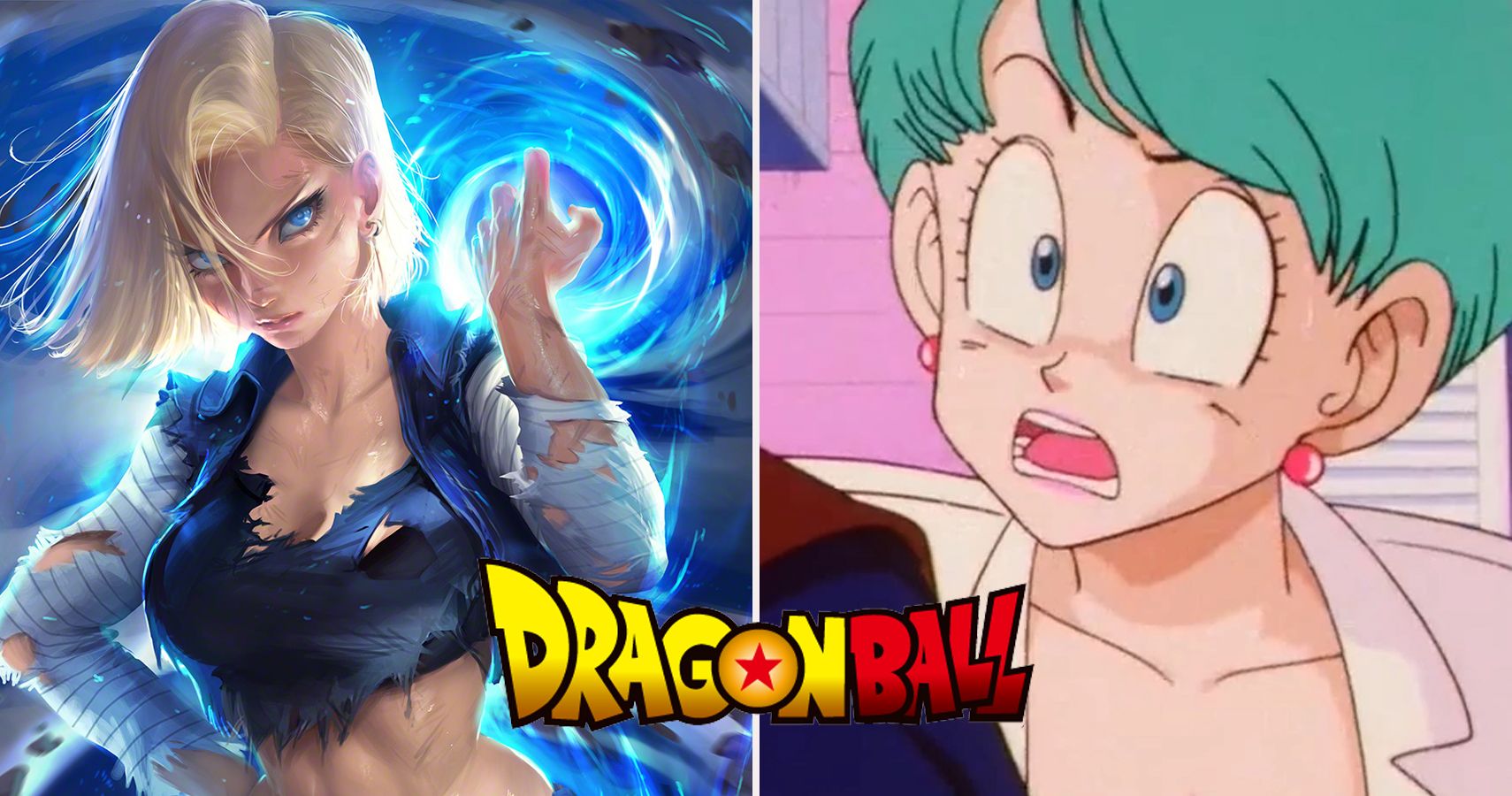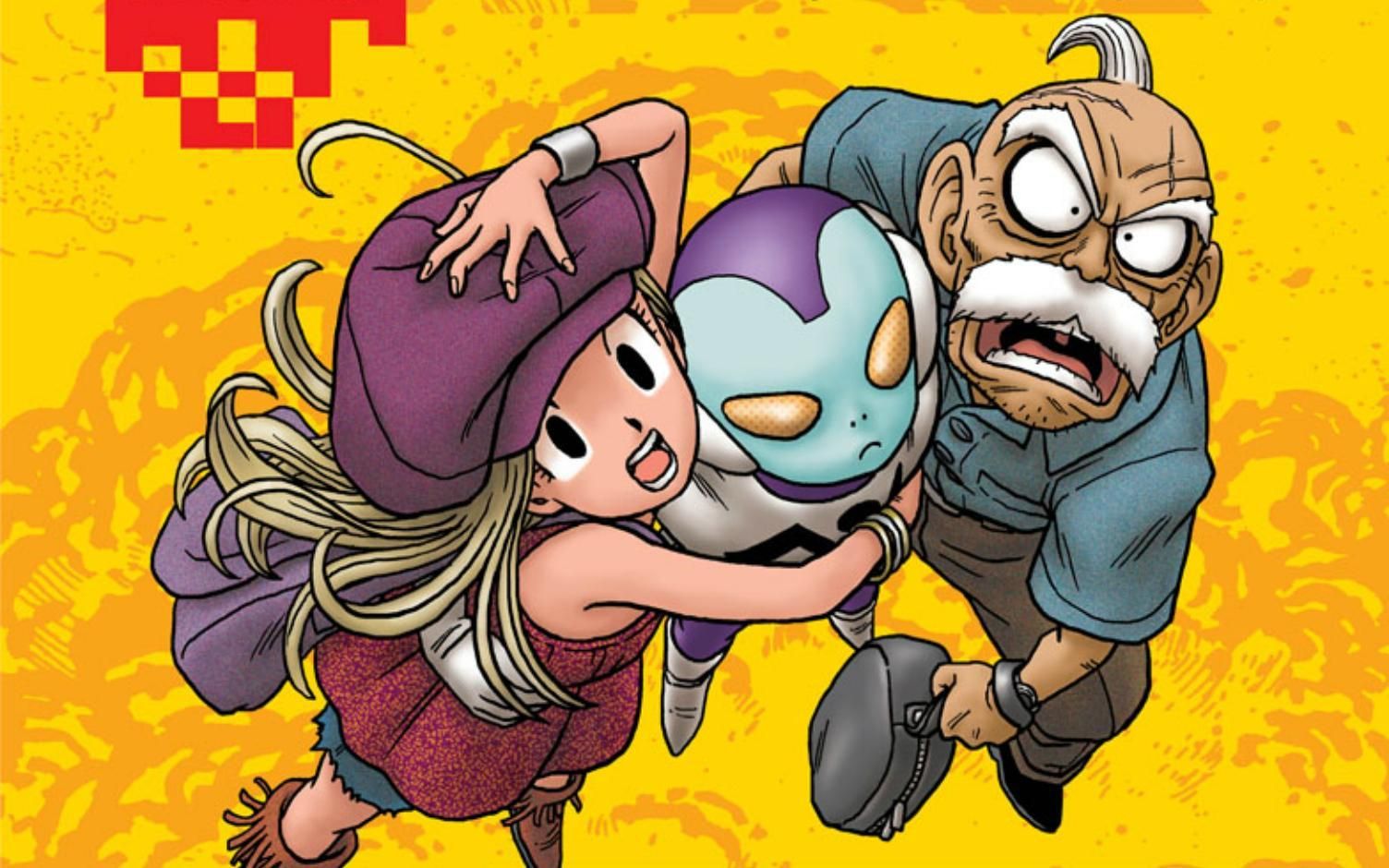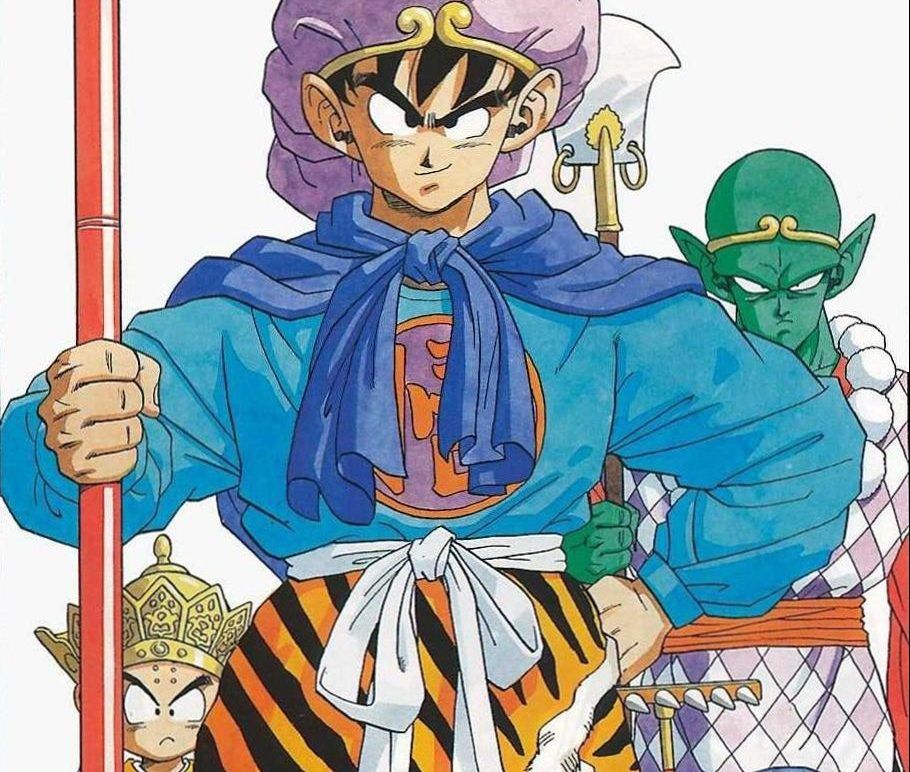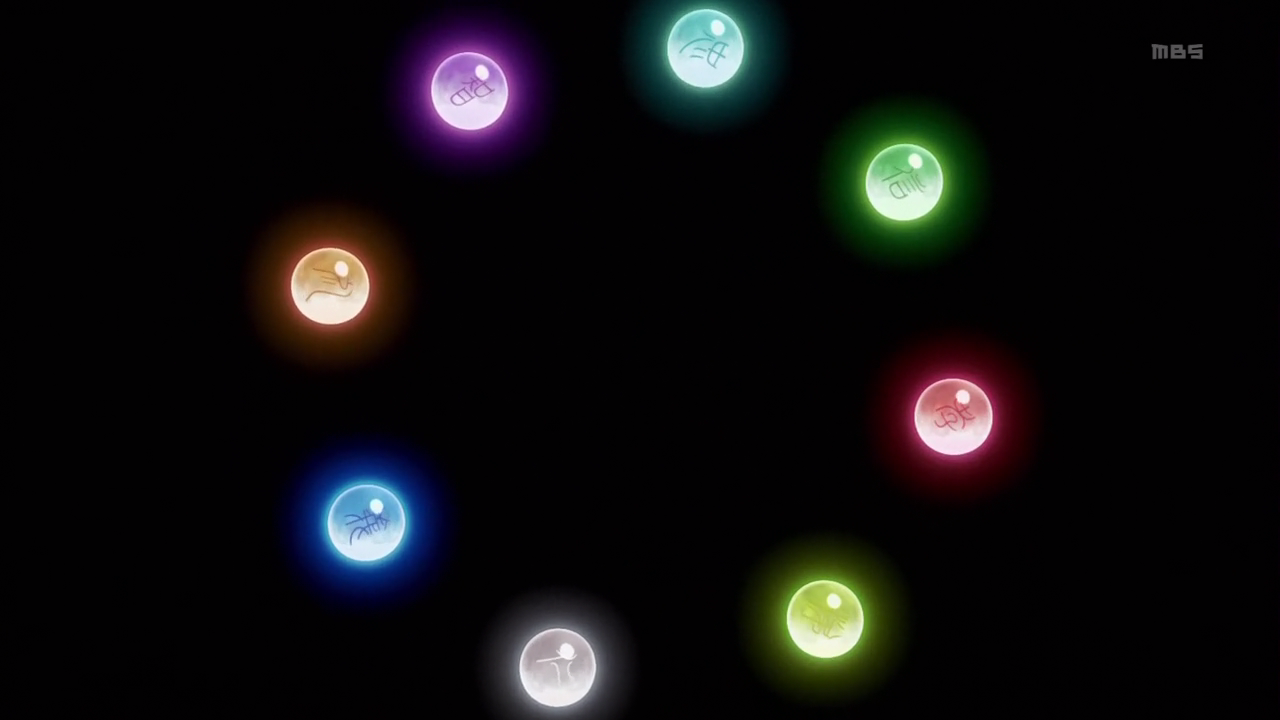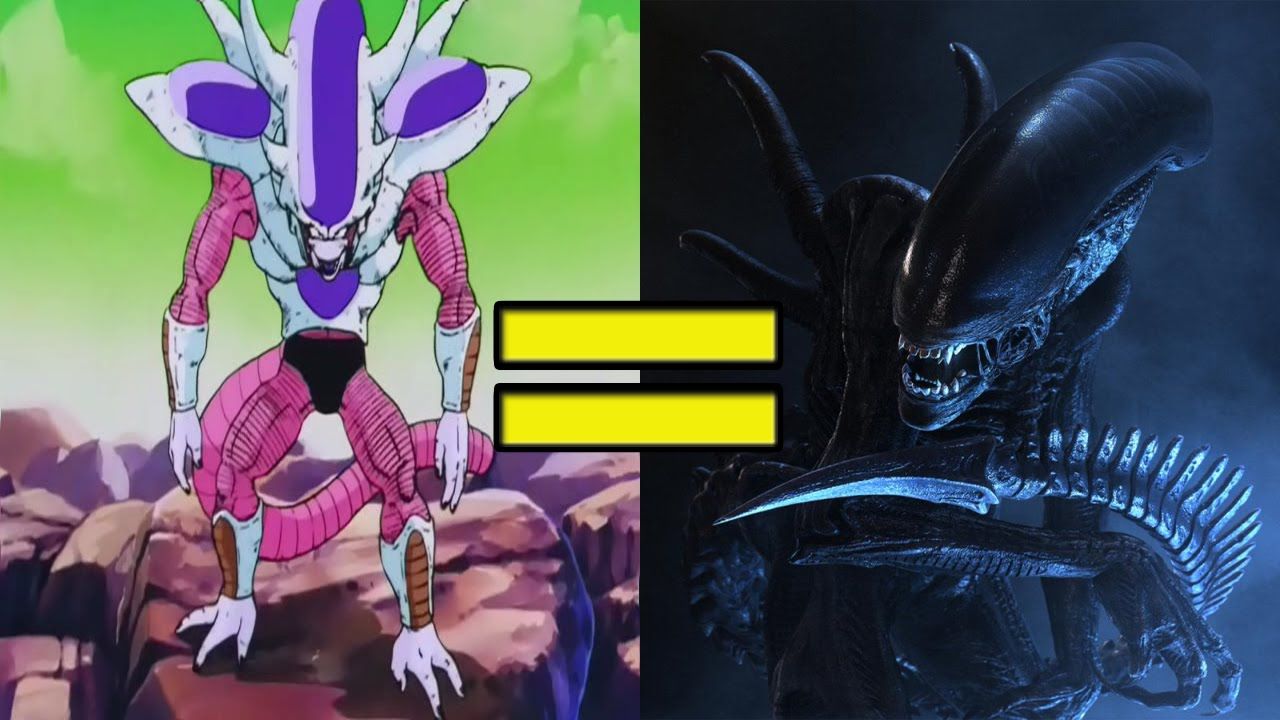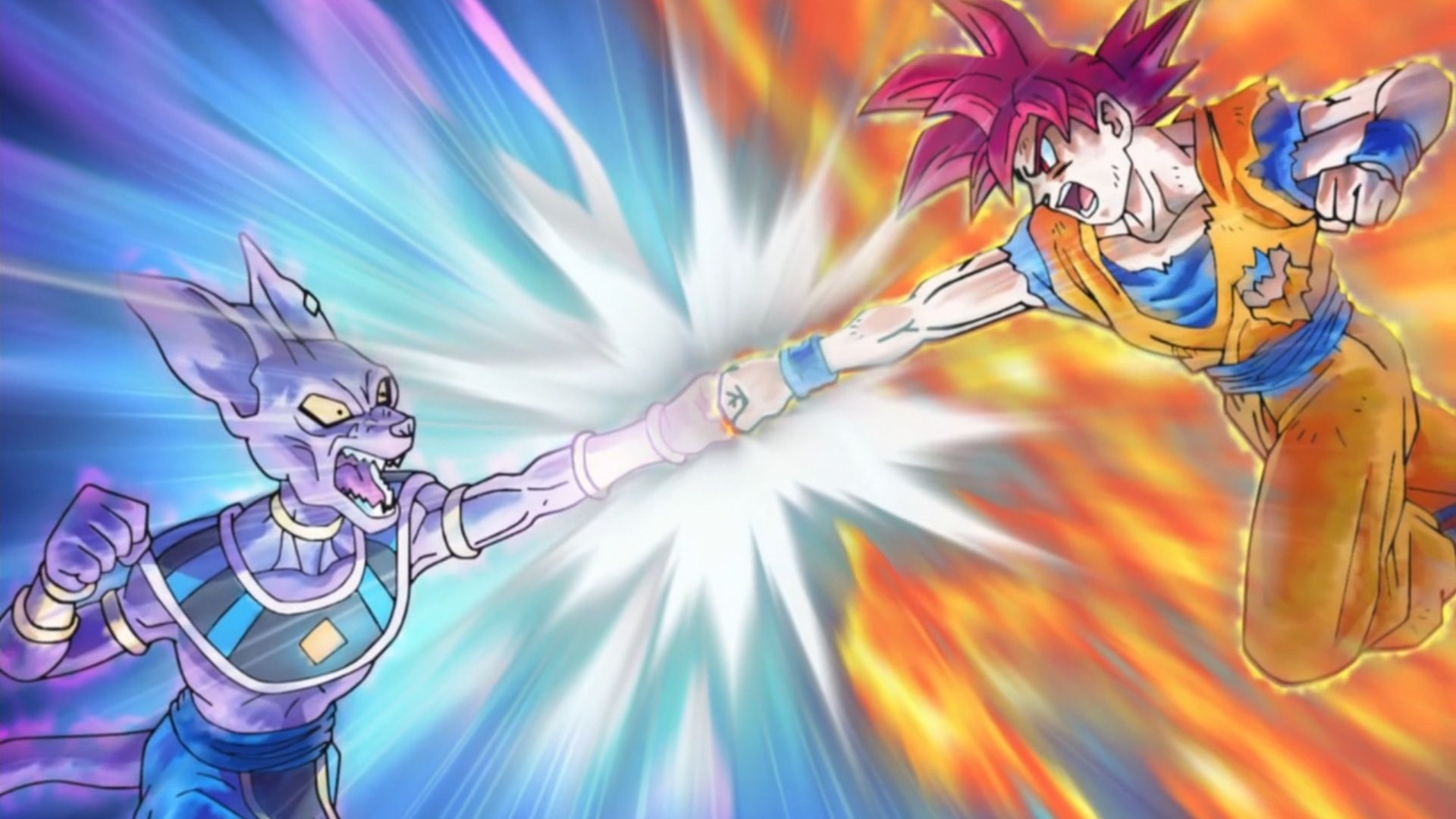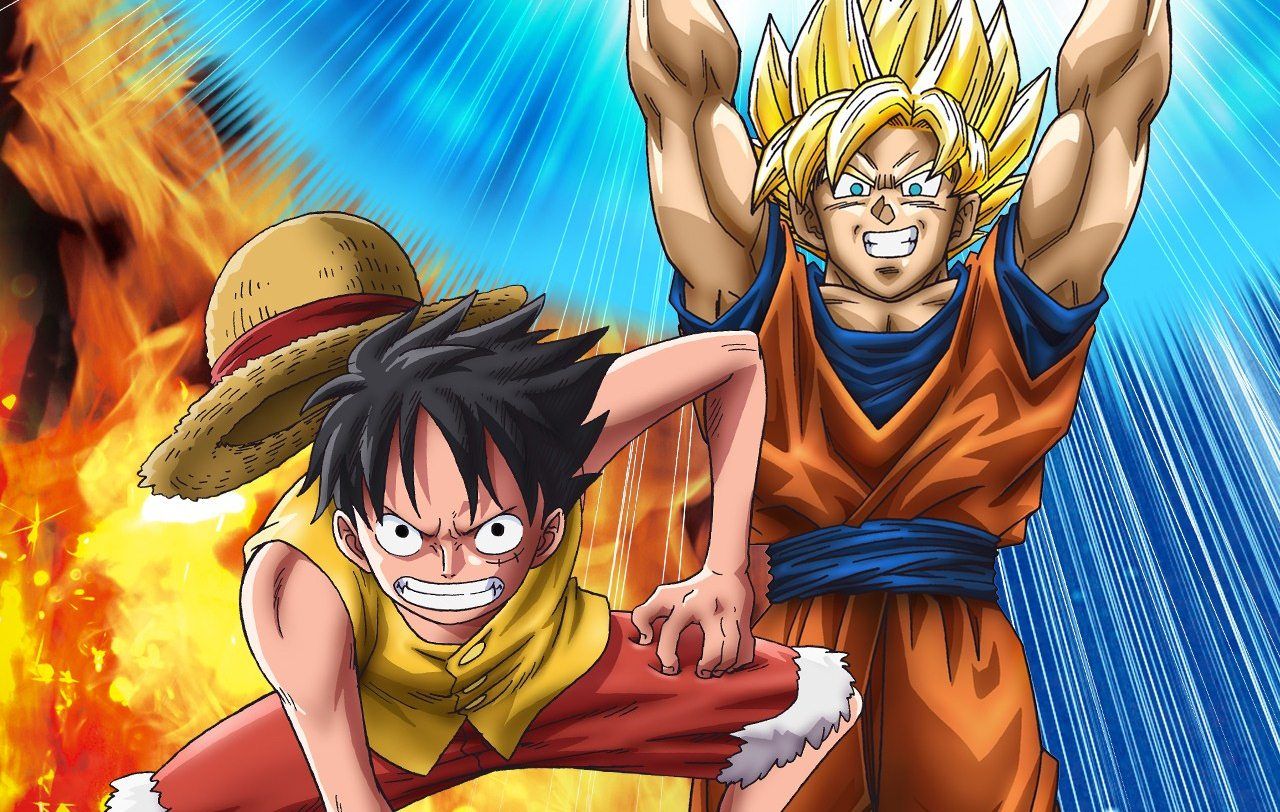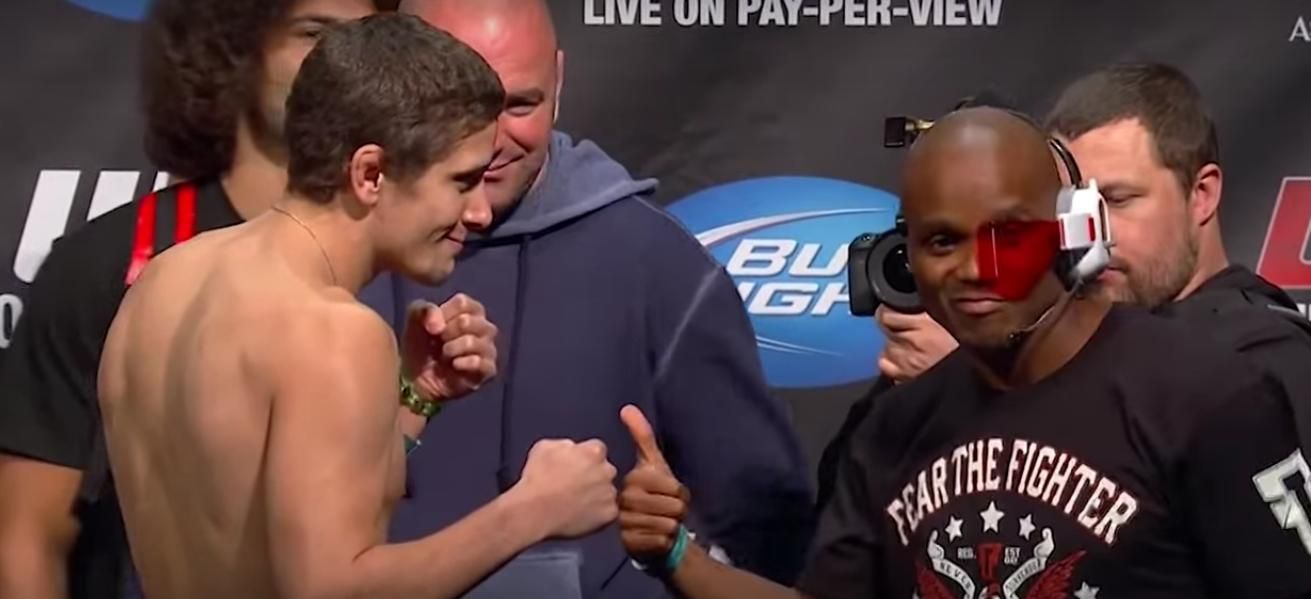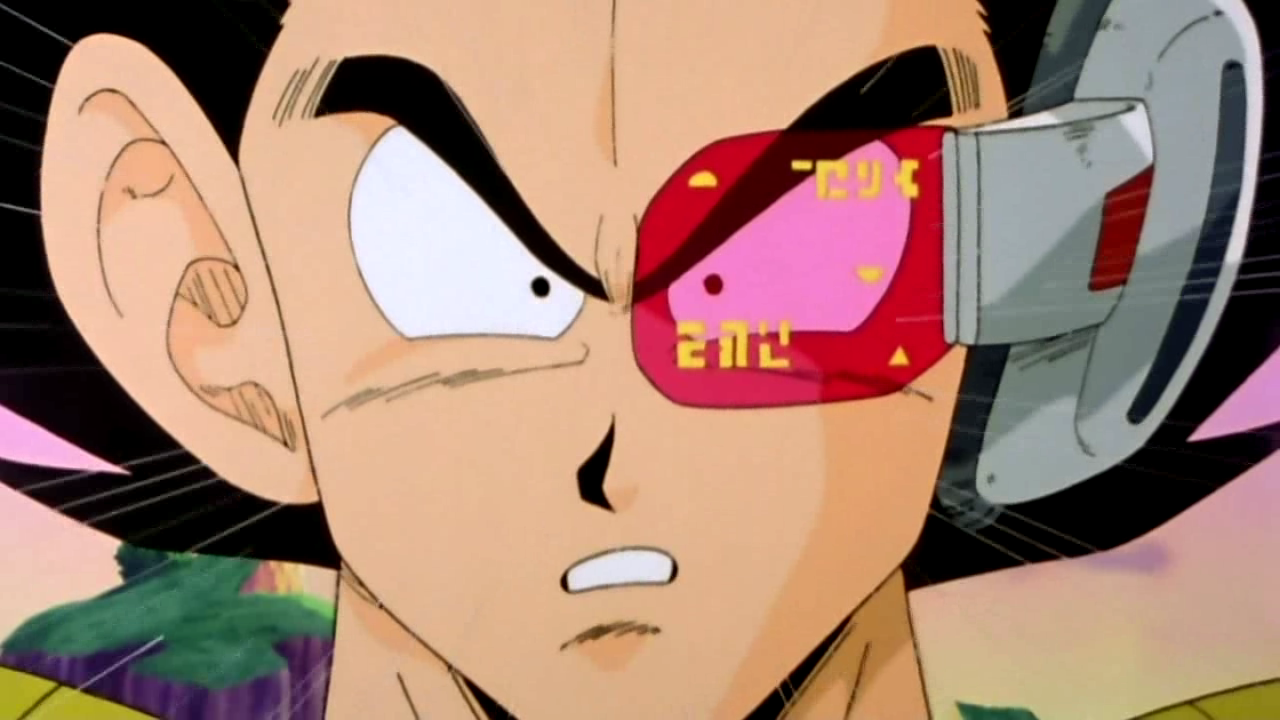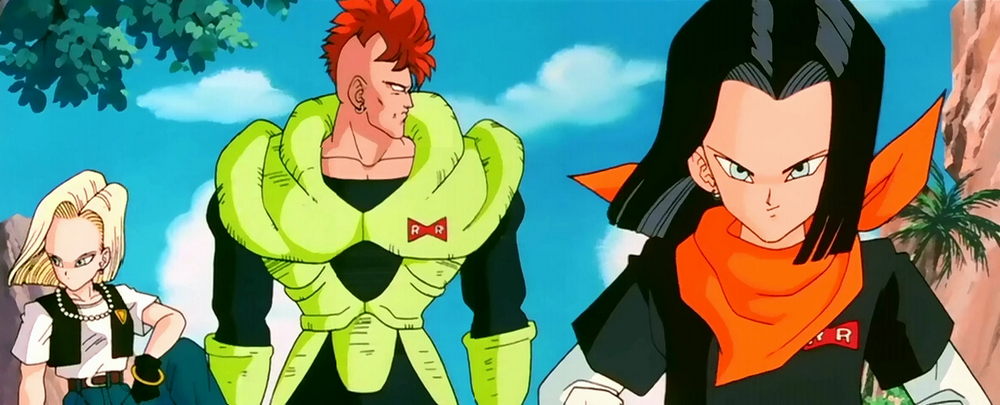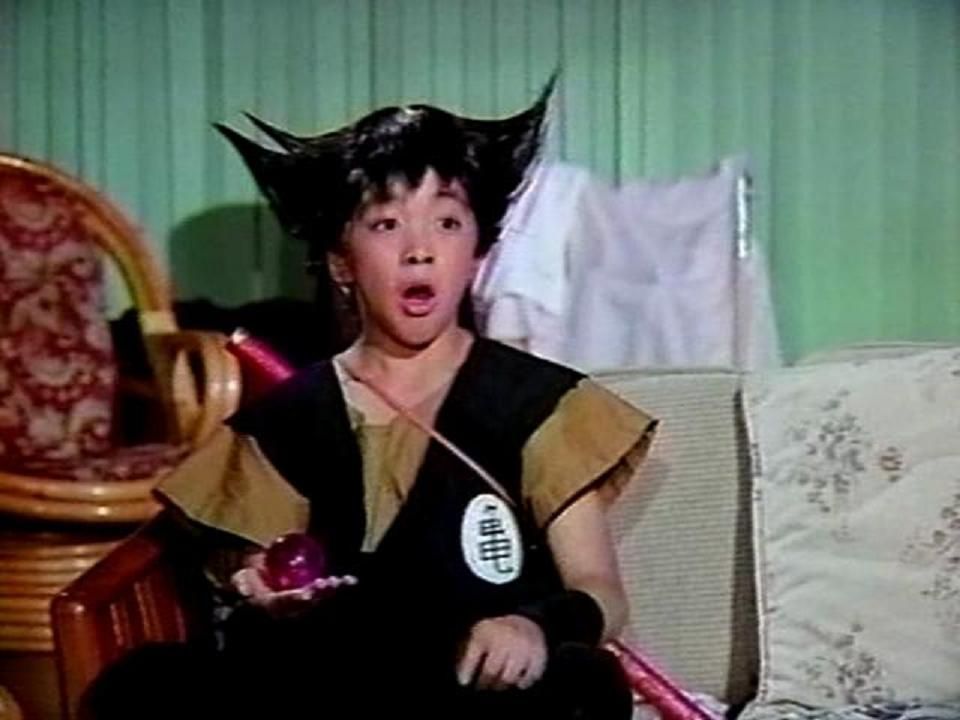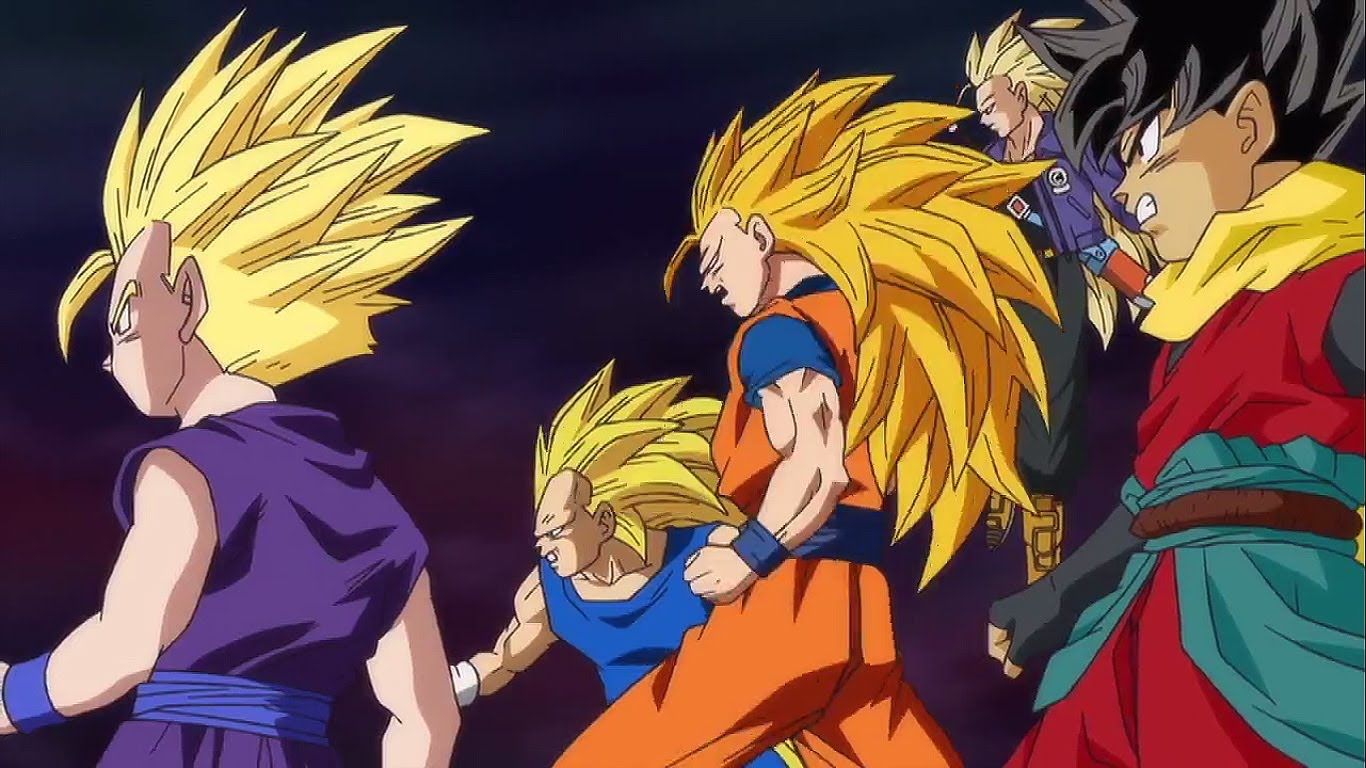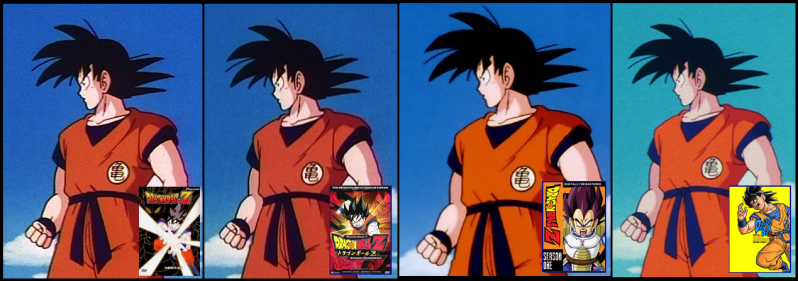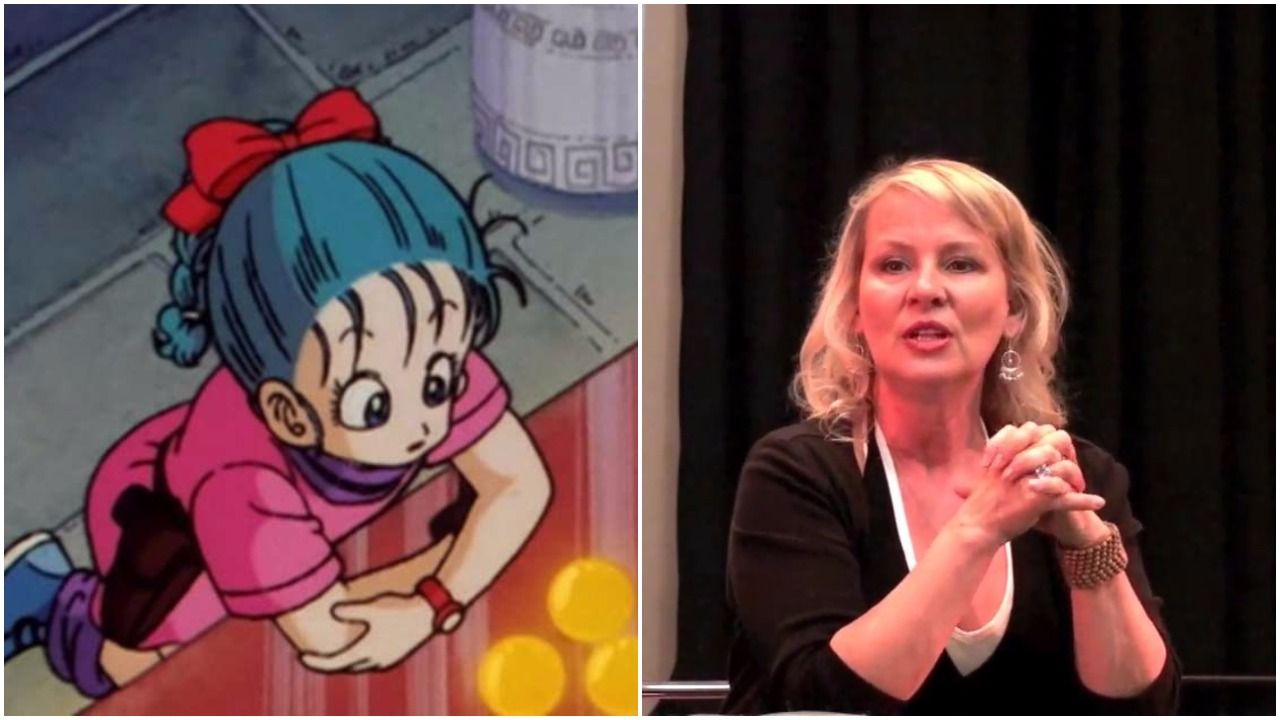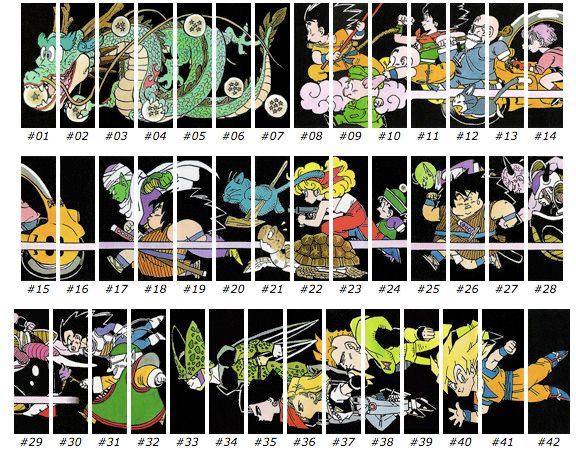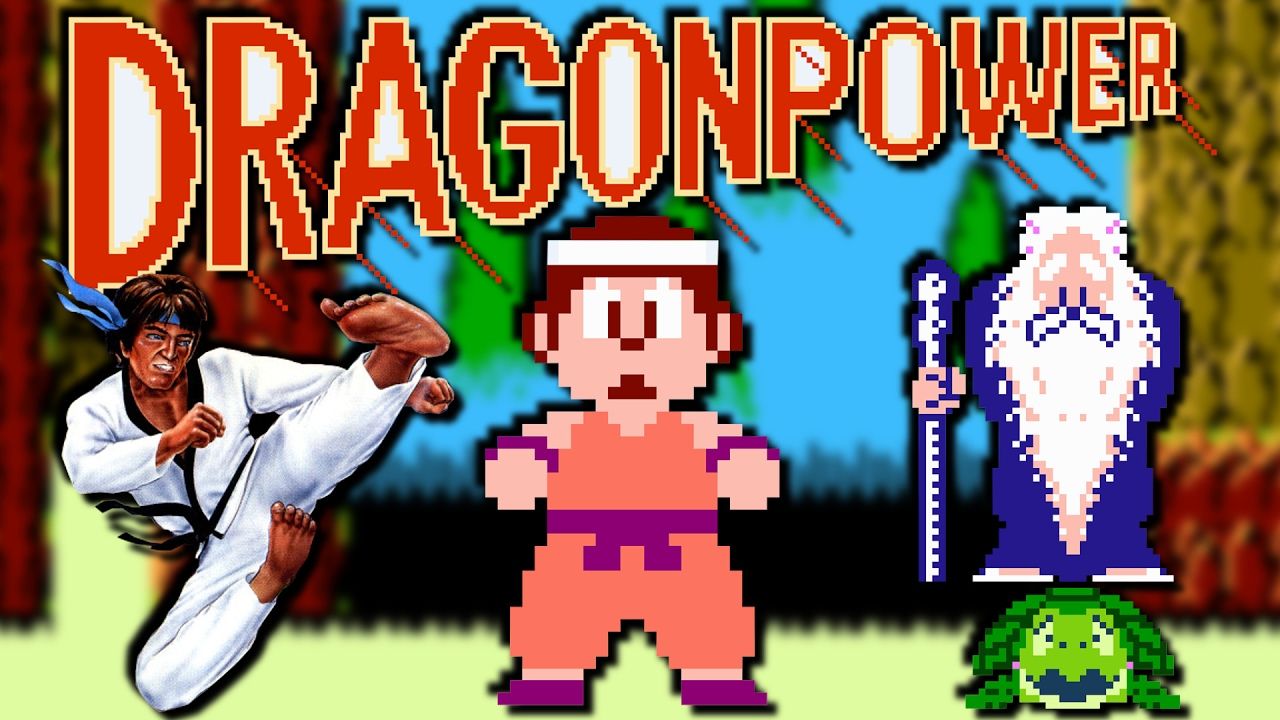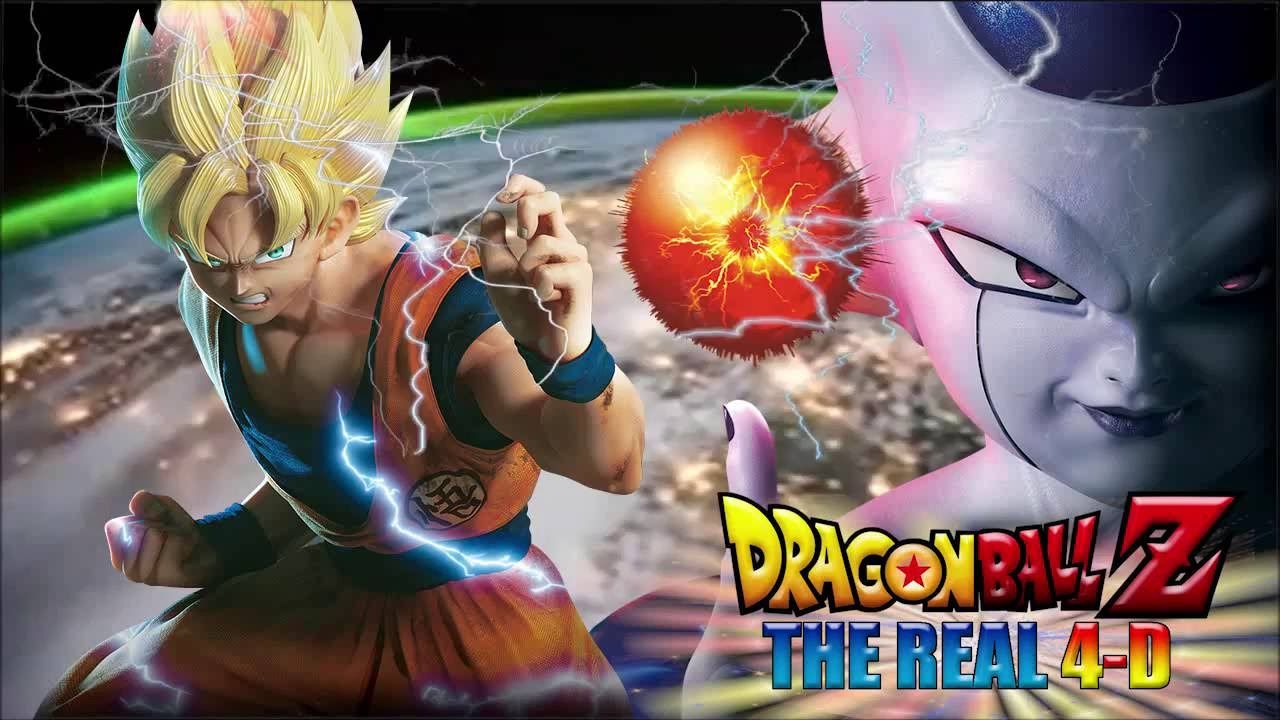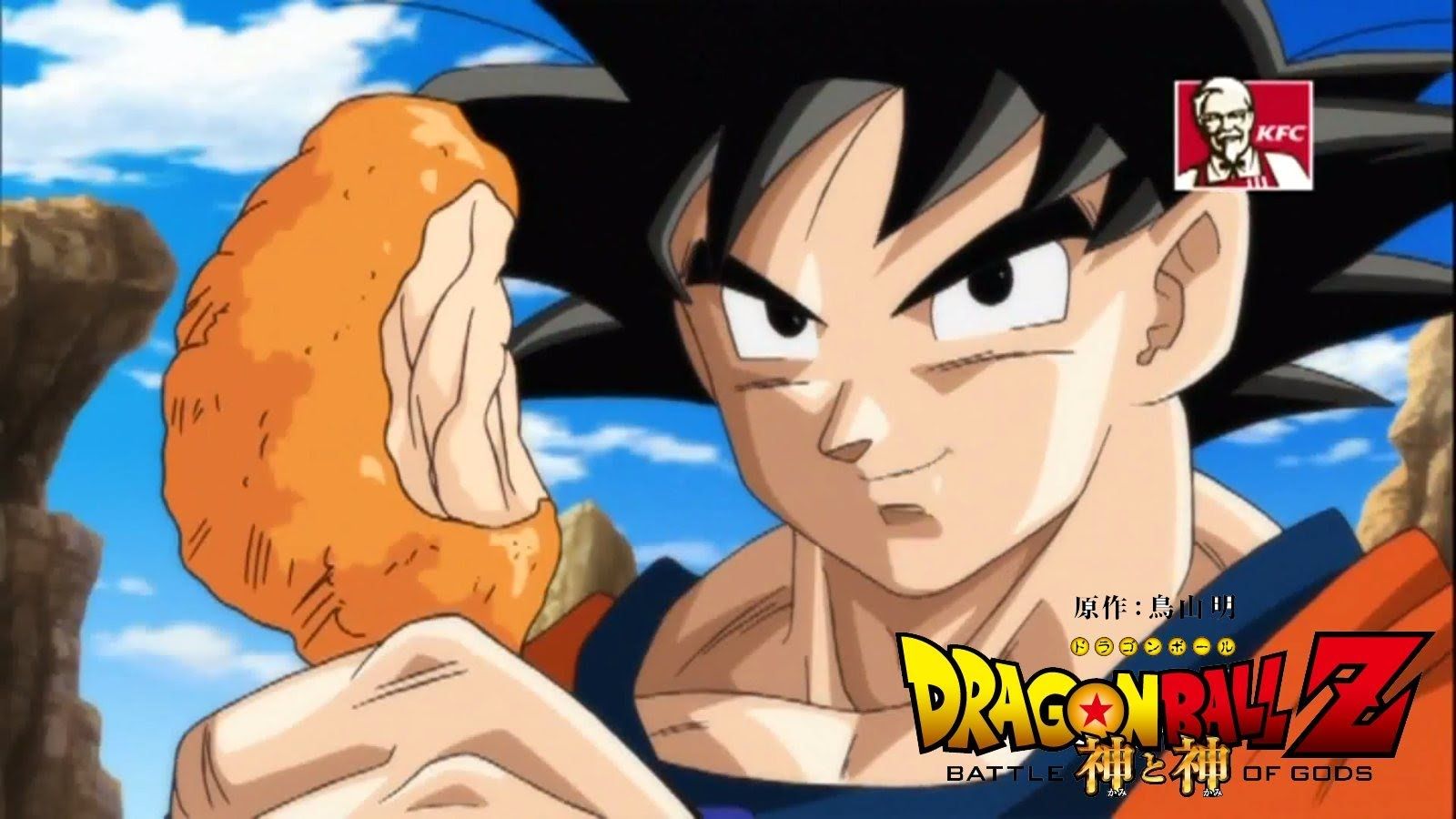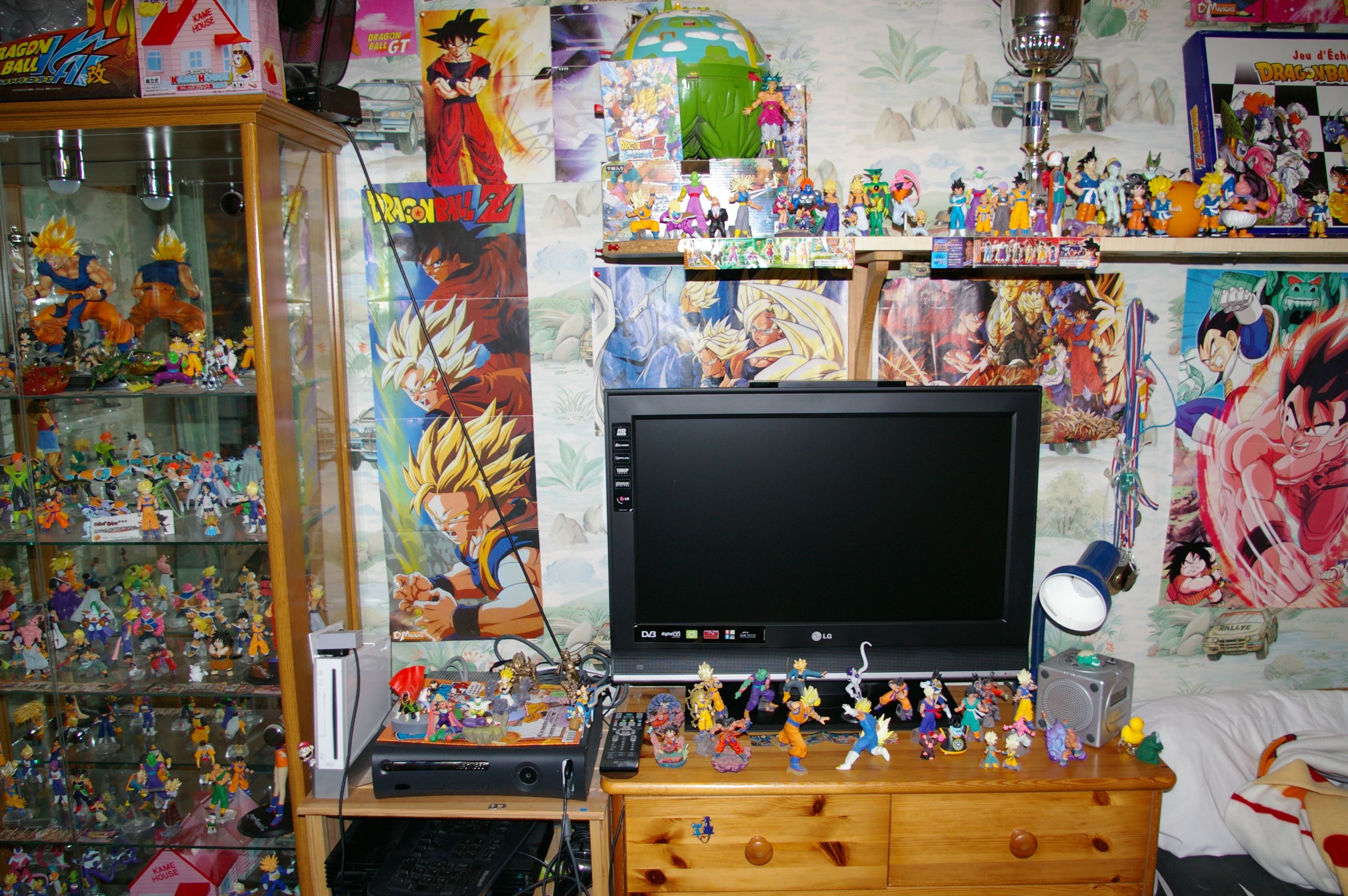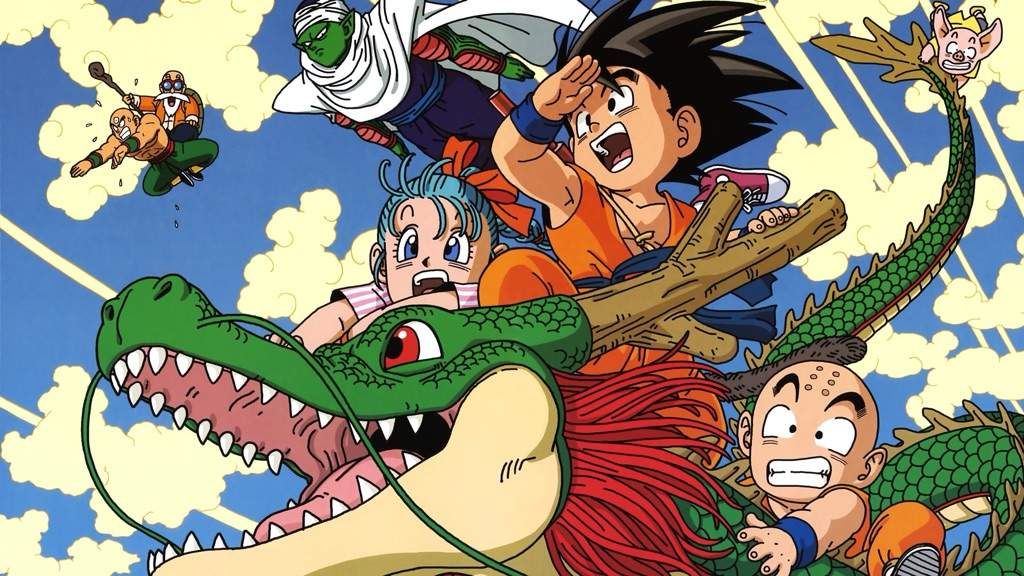We all love the Dragon Ball series here on TheGamer. Starting as a simple manga about a monkey tail boy and his friends, the series evolved into one of the biggest media franchises in the world. The anime shows, Dragon Ball, Dragon Ball Z, Dragon Ball GT, and now Dragon Ball Super, are some of the most prolific animes ever. Dragon Ball has endured so much since its first inception, and it is now considered to be one of most loved mega-franchises around the globe.
There are a lot of interesting tidbits about the series since the first Dragon Ball manga hit Japan in December of 1984. From the creation of the series to the more modern products centering on Dragon Ball Super, there has been a lot of fascinating information about the franchise. While many facts are known to most fans of the series, there is still some noteworthy material that even many of the hardcore fandom may know about.
This is why we are going over 20 Things Even Die-Hard Fans Didn’t Know About Dragon Ball. The series is over thirty years old, and a lot of things have happened with the series during that time. Not every fan can know everything about the series; even the most dedicated fans will be missing some knowledge about the franchise. So it's time to go over the things in the mega-series that even some die-hard fans probably didn’t know about.
20 An Early Prototype
Akira Toriyama, author of the original Dragon Ball manga, was already a successful author in Japan by the time he started writing Dragon Ball. His earlier work, Dr. Slump, was a popular manga in Japan during the late 70s and early 80s. Towards the end of the Dr. Slump series, Toriyama would write and draw two chapters of a completely different manga series. The new manga was called Dragon Boy, and it centered around a young boy with dragon wings.
There are obvious connections to Dragon Boy and Dragon Ball, the most obvious being that both series focus on an odd child with super strength. The protagonists in both series had an animal feature on them; Goku had a monkey tail in the beginning of Dragon Ball, while the protagonist in Dragon Boy had dragon wings. Both series focuses on action-comedy, and both had mythical artifacts called Dragon Balls. However, in Dragon Boy the dragon balls summon literal dragons, who were mostly useless.
Dragon Boy only lasted two chapters, but it would plant the seeds that would eventually be Dragon Ball.
19 You Might Know Me From...
Other than Dragon Ball, Dr. Slump, and Dragon Boy, Akira Toriyama has had a very prolific career as an artist and writer. His manga work mostly centers on comedy, which is generally seen as departure from the high-stake action drama that Dragon Ball would end up becoming. Toriyama’s Nekomajin, a gag manga originally released as a series of one-shots, is a self-parody of Dragon Ball. Several characters from Dragon Ball would even cameo in the manga.
Sand Land, a short manga series released in 2000, was a success in Japan, with many praising the artwork and creative story. Jaco the Galactic Patrolman, a twelve issue comedy manga series, is currently the last manga series that Toriyama has made. He has described Jaco as probably the last full manga he would ever do, mainly because of his old age. Jaco serves as a prequel to Dragon Ball, establishing elements that would appear in Dragon Ball Super such as introducing Tights, Bulma’s older sister.
Toriyama is also well known for being the character designer for the Dragon Quest series, one of the biggest RPG video game franchises.
18 Journeying To The West
It is well known fact that Dragon Ball was heavily influenced by Journey to the West, a famous Chinese story about a group of travellers who trek through India and Central Asia in search of ancient Buddhist scrolls. Everyone knows Son Goku was based off Sun Wukong, the monkey king who rode on a flying cloud and carried around a staff. Yet not much is said about the other parallels between the Chinese story and Dragon Ball.
We assume the Dragon Balls are the stand-ins for the Buddhist scrolls the adventurers are looking for. Bulma, Goku’s first ally, was based on Tripitaka, a monk who gathers the other disciples in search of the scriptures. Oolong, the anthropomorphic pig with the ability to transform, is based on the half-pig, half-man Zhu Bajie. Both Oolong and Zhu Bajie were force to join the others after they foil his plan. Finally Yamcha, everyone’s favorite punching bug from Dragon Ball, is based on Sha Wujing, a sand bandit with the appearance of a monster or demon.
17 Not One, But Two Legendary Myths
Everyone knows that Journey to the West is the main influence of Dragon Ball, but not many know the other Asian novel that influenced the franchise. The namesake Dragon Balls were more based on the old Japanese novel called Nansō Satomi Hakkenden. In Hakkenden, a woman does things with her father’s dog and gives birth to eight crystal balls. The balls eventually become full grown men.
Akira Toriyama would change the number of balls from eight to seven in order differentiate itself from the story. Hakkenden is a weird influence to have on a series that was originally about martial arts; however everything worked out in the end. The Dragon Balls themselves would be one of the most recognizable symbols in the series. We should be glad he went with the crystal balls route rather than the scriptures from Journey to the West, or else we would be missing the namesake of the entire franchise and one of the most enduring anime symbols in the world.
16 Taking Inspiration
Akira Toriyama is an avid fan of movies, primary martial arts movies and science fiction. He was a big fan of Jackie Chan movies, so when Master Roshi needed an alias for the tournament, he picked Jackie Chun. During the Red Ribbon saga, Goku was forced to climb Muscle Tower to find a Dragon Ball–in each floor he must fight a different opponent. The Muscle Tower arc is most likely influenced by the Bruce Lee film, Game of Death. Android 8 and Fortuneteller Baba’s servants are all based on the classic Universal Monsters like Frankenstein’s monster, Dracula, and the Invisible Man.
Frieza’s third form is evidently based on the Xenomorph from Alien. The infamous Android Saga in Dragon Ball Z seemed to be directly inspired by The Terminator. The stories in both The Terminator and Android Saga are about a man from the future who goes to the present to save humanity from an apocalypse where robots are disseminating the human population. And of course, the evil aliens, Bibbidi and Bobbidi, and their creation, Buu, are named after the Cinderella song, Bibbidi-Bobbidi-Boo.
15 I Get By With A Little Help From The Government
Westerners love Dragon Ball as much as the next guy, but that pales in comparison to the love that the series has in Japan. The franchise, especially Dragon Ball Z, was phenomenon in Japan during its peak. When it came time for Toei Animation, the anime production studios in charge of the original anime series, to continue the Dragon Ball show with the Battle of Gods movie, it had a little help from the Japanese government.
The Co-production Certification Program from the government was created to promote and support Japanese filmmakers. The program selects a limited amount of films to give money towards, and Battle of Gods received 50 million yen (around 600,000 dollars) from them in 2012. Despite what many fans believe, anime is actually still seen as a niche market by the general populace of Japan. So to see the Japanese government support the release of a film based on an anime just shows the type of influence that Dragon Ball has on the Japanese population.
14 The Battle Of The Two Giants
If there is one franchise that can equal Dragon Ball’s popularity in Japan, it would definitely be One Piece. The pirate-themed show has been going strong in Japan for years now, and it is not slowing down any time soon. The One Piece manga is the highest selling manga series in the world and the anime is a ratings juggernaut, constantly getting high ratings.
When it seemed as if One Piece has comfortably settled in as the top of Shōnen anime, Dragon Ball Super arrived and reminded the people of Japan who is truly the king of Shōnen anime. While it took a while for Super to find the same kind of success that Z had, but once the series found its groove the fans started watching again. Now Super and One Piece are neck and neck in ratings, with Super beating One Piece several times. There is really not any rivalry between the two animes, however; both are produced by Toei Animation.
13 Inspiring Real-Life Athletes
We live in interesting times, people. Being called a nerd no longer has the same stigma that previous generations had to endure; it now seems like being a geek is a totally acceptable thing to be in today’s culture. Everyone can be a nerd now, and people are okay with that, which is awesome. Despite that, the public still has negative stereotypes of what a nerd would look like. Wearing glasses, being out of shape, and having an overall awkward personality are common clichés when people think of a nerd.
So imagine folks' surprise when it is revealed that many popular NFL players are actually big anime nerds, particularly towards Dragon Ball Z. Mike Daniels from the Green Bay Packers has been open about his love of Dragon Ball, especially on Twitter. Chance Warmack from the Philadelphia Eagles has also spoken about anime, including Dragon Ball. MMA fighters have also expressed admiration towards Dragon Ball Z, with several fighters naming it one their biggest influences to the join the MMA. UFC bantamweight Marcos Brimage is commonly seen wearing a scouter, one of the most recognizable devices from the show, before fights and weigh-ins.
12 Number Crunching
Like any series with a massive fan base, there will always be the select few who are willing to go the extra mile to quench their curiosity. Many fans have been able to come up several statistics about Dragon Ball over the years, literally going over the entire series in order to get certain numbers. For example, fans are able to calculate that the Dragon Ball and Dragon Ball Z anime combined contained around 187 total fights. That is a lot fighting, and that isn’t even including the newer stuff like Super.
Goku supposedly only uses his signature Kamehameha move 97 times within the original Dragon Ball and Z. The infamous Goku versus Frieza fight on planet Namek was about nineteen episodes long, and is about three and a half hours of screen time long. That is almost as long Gone with the Wind and Lawrence of Arabia. The fight is considered to be one of the longest in all of anime. What is considered to be a filler episode is often debated among fans–arguably, there are supposed to be only 44 fully filler episodes.
11 Mommy, Where Do Androids Come From?
Not much is known about Androids 17 and 18 before they were turned into machines. It is hinted they may have been delinquents, and that Dr. Gero kidnapped them from the streets to experiment on. It would be revealed years later that 17 and 18’s real names are Lapis and Lazuli, respectively. Why they choose to still be called by the names Dr. Gero assigned to them is anyone’s guess.
Android 16 may be even more mysterious, as he was built entirely from scratch. While 16 says he was built to destroy Son Goku, Dr. Gero oddly never wanted to activate him despite being incredibly strong. Gero originally claims he doesn’t want to activate 16 as he would be a threat to the world. It is later revealed that the real reason why Gero didn’t want to activate him is because he modeled 16 after his deceased son and didn’t want to have him be killed again. 16’s backstory surprisingly humanizes the evil Dr. Gero, and makes you wonder why Toriyama kept this information for so long.
10 Live Action For Me
Everyone knows about the Dragon Ball Evolution movie, the live action adaptation by 20th Century Fox. Everyone also knows that it's terrible. It's the prime example of a movie studio not understanding the appeal of a franchise and trying to make a quick buck.
However, Evolution isn’t the only live action adaptation of Dragon Ball. In the early nineties there were two unofficial adaptations of Dragon Ball. One of them was a Korean film based around the first arc of the series. The second one was a Taiwanese produced film called Dragon Ball: The Magic Begins, based on one of the early Dragon Ball movies. The two films are ostensibly both better and worse than Evolution. Evolution definitely had better production values, but at least the two unofficial films looked unmistakably Dragon Ball. The kid playing Goku in the Korean film even has the same anime hair as in the show. Don’t get the wrong impression, both of these movies are bad, but they at least look like Dragon Ball.
9 Basically Just Glorified Fanfiction
Dragon Ball Heroes is an arcade game released in 2010, and it is the most fan fiction-y thing you’ll ever come across. The plot of the game is just a thinly excuse to have the playable character face off against every major bad guy, while at the same time introducing new elements to the series' canon in order to tell the story it wants to tell. Major characters get all the power-ups that we all secretly wish they had in the main series.
Having some fan service is not necessarily bad, however Heroes goes all out with its fan service. It's so unashamed of its pure fanfiction story, that it's almost charming in a way. The entire game is nonsensical and not canon, but admit it, we all deep down really want to see Super Saiyan 3 Gohan, and Super Saiyan 4 Broly in official material. The execution is dumb, but nonetheless there is something brilliant about seeing every Saiyan character transform into every Super Saiyan form possible.
8 Dub Me Once, Dub Me Twice...
The dubbing situation of the original Dragon Ball Z is shockingly confusing. This due to the fact that Z went through several different dubbing studios before it settled on the voices that would make the characters iconic. Funimation, the North American distributor of Dragon Ball Z, originally partnered up with Saban to produce the dub. Using Ocean studios in Canada, the first dub from Funimation was heavily censored and only lasted for two seasons before being cancelled. This dub was labeled the Ocean Dub by fans.
Reruns on Toonami encouraged Funimation to bring the series back, however this time without Saban’s involvement. They instead used their own in-house studio, hiring their own actors. This is the dub that most American fans would be familiar, as it includes fan favorites like Sean Schemmel as Goku and Chris Sabat as Vegeta and Piccolo. Funimation would later redub the first two seasons with their actors.
7 A Tale Of Two Dubs
Funimation now dubs Dragon Ball Super, using almost the exact same voice actors they used in their original in-studios dub. This includes the return of Schemmel as Goku, and Sabat as Vegeta. The Funimation dub is the primarily dub used for most English speaking countries. However, Funimation does not have distribution rights for several Asian countries where English is a common language.
Toonami Asia and Bang Zoom Entertainment, an American audio post production studio headquartered in California, decided to produce their own dub for some Southwest Asian countries and India. Bang Zoom hired a completely new cast, including several voice actors who have worked with Funimation in the past.
Side note, Wendee Lee voices the character Bulma in the Bang Zoom dub. She is actually reprising the role; she was Bulma’s first English voice actor in the Harmony dub for Dragon Ball in ’89.
6 The Great Manga Spine Mistake
On the spine of original Dragon Ball manga there is a piece of artwork. When all 42 of the original manga are aligned together, they form a single image of many major characters chasing after Dragon Balls. The image was being created while the manga chapters were still being published in the Shonen Jump magazine–a new piece of the image would be illustrated by Akira Toriyama when a new manga volume is completed. Though many of the vital characters like Vegeta, Krillin, Bulma, Frieza and Cell are visible on the spines, there are some obvious omissions.
None of the major characters introduced in the Buu saga are on it, including any of the incarnations of Majin Buu. It is strange to see minor character like Launch and Ginyu make it on the spine, and not Buu; however that could be due to the fact that Toriyama didn’t have enough space to fit them once the series finished. Nevertheless, it is still odd that Yajirobe is on the image twice. Goku is also on the artwork twice, but it makes more sense for him to show up twice since he is the main character. Yajirobe’s two images are most likely mistakes.
5 Secretly A Dragon Ball Game
The second Dragon Ball game, Dragon Ball: Shenlong no Nazo, was released in 1986. It was produced and distributed by Bandai in Japan. Since then Bandai, and later Bandai Namco, would act as the main publisher for most Dragon Ball games. Bandai would release an American version of Shenlong no Nazo. The game was graphically changed to remove all references to Dragon Ball, and it was renamed Dragon Power. American audiences didn't know it at the time, yet Dragon Power would be the first time they are exposed to the Dragon Ball brand.
Bandai will release an unedited Dragon Ball game in the Americans with Final Bout. Released in 1997 on the PlayStation, Final Bout focused more heavily on the GT era of Dragon Ball, spoiling and possibly confusing many early American players. The game had its own dub, featuring actors who would never voice those characters again. Dragon Ball Z: Budokai, released on the PS2 in 2002, would be the first proper Dragon Ball game in the US; it was released during the height of the anime's popularity with US audiences, and featured the cast of the Funimation dub. Dragon Ball FighterZ is the next upcoming Bandai Namco published game, and has been receiving a lot positive early buzz.
4 The Fourth Dimension
Universal Studios in Japan has merchandise and rides based on some of the biggest properties that originate from the country. This includes rides based on Monster Hunter, Detective Conan, Attack on Titan, Evangelion, and Godzilla. Dragon Ball has had two CG animations released in Universal Japan, both presented in 4D. The first one is called Dragon Ball Z: The Real 4-D and it was about Frieza being revived and having a rematch with the heroes on Earth. Oddly, the attraction was released post-Resurrection F, a film that used the exact same premise. The attraction only lasted for the summer of 2016.
The second Dragon Ball 4D attraction was called Dragon Ball Z: The Real 4-D at Super Tenkaichi Budokai, and it was released the following summer. This time the heroes of the show are forced to face against Broly God during the world martial arts tournament. The show ends with Goku somehow fusing with the entire audience to become a Saiyan God and defeat Broly. It is safe to say that neither show is canon. Weirdly, both shows carry the Dragon Ball Z name, rather than Super, even though Super did start airing already when the first attraction was released.
3 A Little Promotion Never Hurt Nobody
Even Dragon Ball isn’t above selling out for some extra money, and the series has been involved with some pretty crazy commercials. Most of these commercials come from Japan, where the brand is arguably the strongest. KFC did a cross promotion with Dragon Ball for the Battle of Gods movie. Not only was there commercials featuring the cast of Dragon Ball feasting on KFC food, there were also statues of the Colonel Sanders wearing Goku’s gi found in several restaurants.
Dragon Ball was also a sponsor for a brand of eye drops called Kodomo Soft for years during the initial TV airing. The product protects children’s eyes from the stinging they may get from chlorine in swimming pools. Besides eye drops and fried chicken, there are also a string of commercials featuring fruit drinks that star the cast of Dragon Ball. These drinks are called Kirin Mets, and there are several of them. One of these commercials showcases the villainous Frieza dancing with his troops.
2 Bringing In The Big Bucks
Dragon Ball is one of the most enduring properties in current pop culture. It may only be a little over three decades old (the first manga chapter was released in December 1984), the franchise has been such a major presence in pop culture media that it is hard to imagine a time when Dragon Ball didn’t exist. It is safe to assume that the series has accumulated a hefty profit, but how much exactly? Well, according to a Funimation catalog released in 2012, merchandise sales for the franchise are around five billion dollars in profits worldwide.
Five billion dollars may seem small potatoes compared to the absolutely monstrous properties like Pokémon (which has around fifty-five billion dollars’ worth of revenue), but it is still nothing to sneeze at. Not only that, the Dragon Ball manga is one of the best-selling mangas in the world. Around 240 million copies of the manga have been sold worldwide, outselling mangas with a lot more volumes. It outsells Naruto, Bleach, and nearly every other manga series out there.
1 An Untimely End
It is a well-known fact that Akira Toriyama made the series up as he went along. He would only plan as far as the next chapter, and from there he would make things up on the spot. This is what led to the many inconsistencies within the franchise, including the many plot holes that the fans are very much aware of. Still the results speak themselves, and Dragon Ball is still around to this day. Toriyama may have been a poor planner, and is notorious for his bad memory; he was also undeniably a creative storyteller. The tension and drama in Z made the stories thrilling to watch, and the actions were always exhilarating. Everything we love about the franchise is thanks to Toriyama, so it is scary to think that he didn’t know if the series will last past the initial arc.
When he started working on Dragon Ball, all he had planned was the first arc, which was a loose adaptation of Journey to the West. He wasn’t sure if the series would last past the first few chapters, so he only plotted out the first arc. Fortunately for all of us, the series proved to be a hit, quickly leading into an anime adaptation in 1986. The rest is history.

